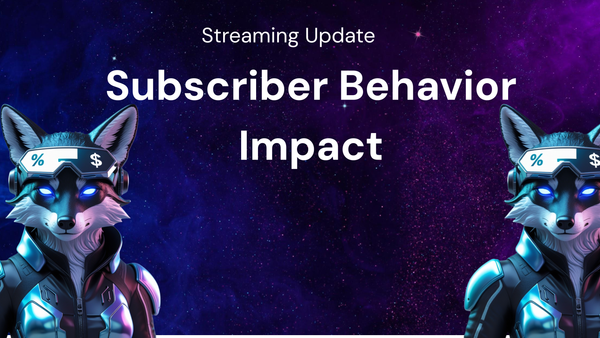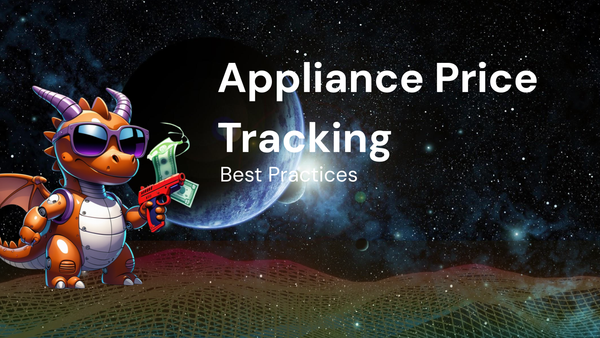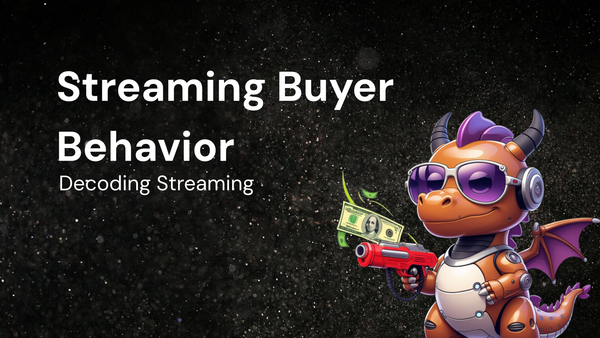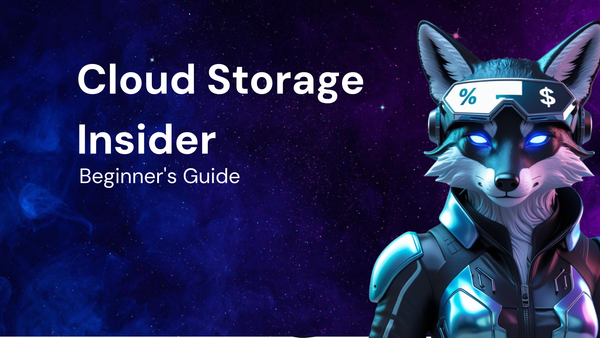Buyer Behavior Insights for Forecasting API Deal Demand
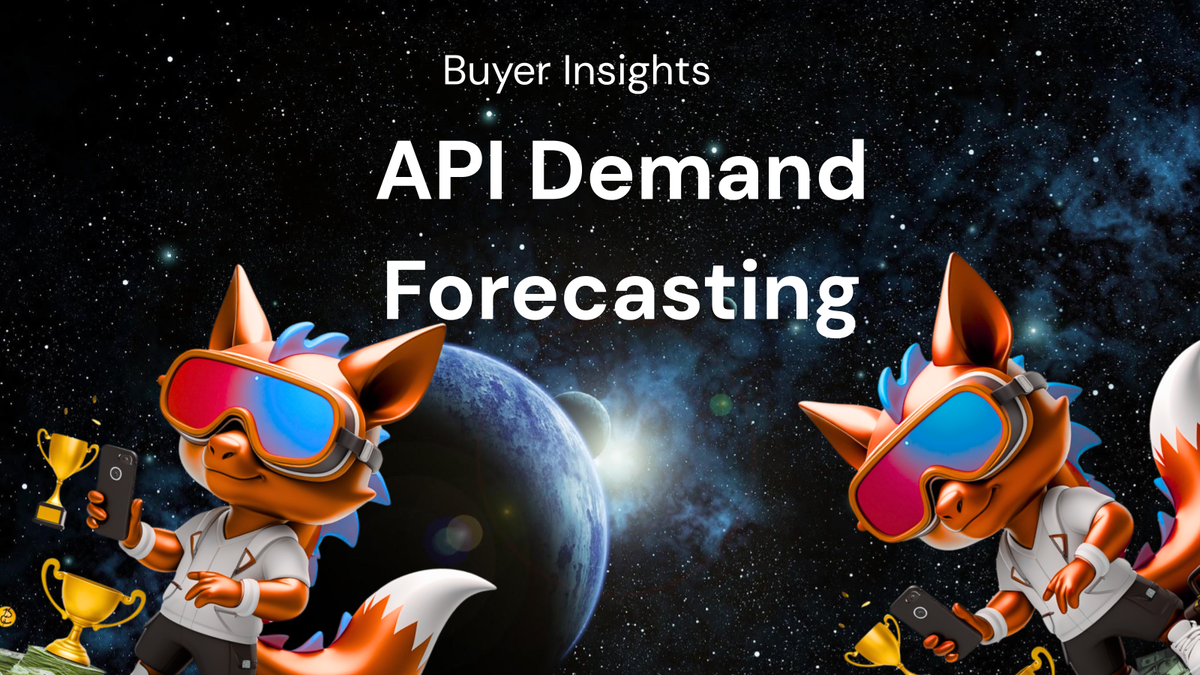
Decoding Demand: Buyer Behavior Insights for Forecasting API Deals
In the ever-evolving landscape of digital business, Application Programming Interfaces (APIs) have emerged as essential building blocks, fueling innovation and driving seamless integration. As businesses increasingly rely on APIs for everything from data exchange to service integration, the demand for API deals is skyrocketing. However, accurately forecasting this demand is a complex challenge, often plagued by uncertainties surrounding market dynamics, technological advancements, and, most importantly, buyer behavior.
This blog delves into the critical role of buyer behavior insights in forecasting API deal demand. By understanding the motivations, needs, and decision-making processes of API consumers, we can develop more accurate predictive models, optimize sales strategies, and ultimately, capitalize on the growing API economy.
Why Traditional Forecasting Falls Short in the API Realm
Traditional forecasting methods, often based on historical data and market trends, can be insufficient for the dynamic API market. Several factors contribute to this inadequacy:
- Rapid Technological Evolution: The pace of technological advancements in the API space is relentless. New technologies, architectural paradigms (like microservices), and emerging use cases constantly reshape the demand landscape, making historical data less reliable.
- Evolving Business Models: API monetization models are diverse and constantly evolving, ranging from subscription-based pricing to usage-based models. These variations significantly impact the revenue potential of API deals and require a nuanced understanding of buyer preferences.
- Complex Decision-Making Units: API deals often involve multiple stakeholders, including developers, architects, product managers, and C-level executives. Each stakeholder has their own priorities and criteria, making the decision-making process intricate and challenging to predict.
- Lack of Standardized Metrics: The absence of standardized metrics for evaluating API performance and value complicates the process of comparing different offerings and predicting adoption rates.
- Network Effects: The value of an API often increases as more users adopt it, creating network effects that can significantly influence demand. These effects are difficult to quantify using traditional forecasting methods.
These limitations highlight the need for a more sophisticated approach that incorporates a deep understanding of buyer behavior. By analyzing the factors that drive API adoption, usage, and satisfaction, we can develop more robust and accurate forecasting models.
Understanding the API Buyer: A Deep Dive into Buyer Behavior
To effectively forecast API deal demand, we need to understand the motivations and behaviors of the API buyer. This involves identifying their key characteristics, needs, decision-making processes, and pain points.
1. Identifying API Buyer Personas:
The first step is to segment the API buyer market and create distinct buyer personas. These personas represent different types of API consumers with unique needs, motivations, and decision-making styles. Some common API buyer personas include:
- The Developer: Primarily concerned with ease of use, documentation quality, SDK availability, and API performance. They are often the first to evaluate and test APIs.
- The Architect: Focused on API design, scalability, security, and integration with existing systems. They play a crucial role in selecting APIs that align with the organization's architectural principles.
- The Product Manager: Concerned with the API's ability to enable new features, improve user experience, and drive product growth. They evaluate APIs based on their business value and potential ROI.
- The IT Manager: Focused on security, compliance, cost, and manageability. They ensure that APIs meet the organization's security and regulatory requirements.
- The C-Level Executive: Concerned with the strategic impact of APIs on the organization's overall business goals. They evaluate APIs based on their potential to drive revenue, improve efficiency, and gain a competitive advantage.
By understanding the needs and priorities of each persona, we can tailor our marketing and sales efforts to resonate with specific buyer segments.
2. Understanding the API Buyer's Journey:
Mapping the API buyer's journey is crucial for understanding the steps they take from initial awareness to final purchase. This journey typically involves the following stages:
- Awareness: The buyer becomes aware of the need for an API to solve a specific problem or achieve a specific goal.
- Research: The buyer researches different API providers and solutions, comparing features, pricing, and performance.
- Evaluation: The buyer evaluates potential APIs by reading documentation, testing free trials, and participating in online forums.
- Decision: The buyer selects an API based on their specific needs and criteria.
- Implementation: The buyer integrates the API into their application or system.
- Usage: The buyer uses the API to achieve their desired outcome.
- Renewal/Expansion: The buyer renews their subscription or expands their usage of the API.
By understanding the buyer's journey, we can identify key touchpoints and opportunities to influence their decision-making process.
3. Key Factors Influencing API Deal Demand:
Several factors influence the demand for API deals. Understanding these factors is critical for accurate forecasting.
- Technical Requirements: Specific technical requirements, such as programming language support, data formats, and API protocols, can significantly influence the demand for specific APIs.
- Industry Trends: Emerging industry trends, such as the adoption of microservices, the rise of IoT, and the growing importance of data analytics, can drive demand for specific types of APIs.
- Competitive Landscape: The competitive landscape of the API market can significantly impact demand. The availability of alternative APIs and the pricing strategies of competitors can influence buyer decisions.
- Pricing Models: API pricing models, such as subscription-based, usage-based, and tiered pricing, can impact demand. Buyers often prefer pricing models that align with their usage patterns and budget constraints.
- Documentation and Support: High-quality documentation and responsive support are critical for attracting and retaining API users. Poor documentation or slow support can deter potential buyers.
- Security and Reliability: Security and reliability are paramount for APIs. Buyers need to be confident that the API is secure and will consistently perform as expected.
- Community and Ecosystem: A strong community and ecosystem around an API can increase its attractiveness to potential buyers. A vibrant community can provide support, share best practices, and contribute to the API's ongoing development.
- Ease of Integration: APIs that are easy to integrate into existing systems are more likely to be adopted. Clear documentation, well-defined SDKs, and readily available code samples can significantly simplify the integration process.
- Developer Experience: The overall developer experience is a crucial factor influencing API adoption. A positive developer experience can lead to increased usage and advocacy.
Leveraging Buyer Behavior Insights for Forecasting API Deal Demand
By understanding the factors that influence API buyer behavior, we can develop more accurate forecasting models. Here are some specific strategies for leveraging buyer behavior insights:
- Data Collection and Analysis:
- Website Analytics: Track website traffic, page views, bounce rates, and conversion rates to understand how potential buyers are interacting with your API documentation and marketing materials.
- Marketing Automation: Use marketing automation tools to track buyer engagement with email campaigns, webinars, and other marketing activities.
- CRM Data: Analyze CRM data to identify patterns in buyer behavior, such as the types of companies that are most likely to purchase your API, the features that are most frequently requested, and the reasons why deals are won or lost.
- Social Media Monitoring: Monitor social media channels to track discussions about your API and your competitors' APIs. This can provide valuable insights into buyer sentiment and emerging trends.
- Customer Surveys and Feedback: Conduct regular customer surveys and gather feedback from API users to understand their needs, pain points, and satisfaction levels.
- API Usage Data: Analyze API usage data to understand how users are interacting with your API, the features that are most frequently used, and the performance of different API endpoints.
- Developing Predictive Models:
- Regression Analysis: Use regression analysis to identify the key factors that are most strongly correlated with API deal demand. This can help you prioritize your marketing and sales efforts.
- Time Series Analysis: Use time series analysis to identify patterns in historical API deal demand and forecast future demand based on these patterns.
- Machine Learning: Use machine learning algorithms to develop more sophisticated predictive models that can take into account a wide range of factors, including buyer behavior, market trends, and competitive dynamics.
- Cohort Analysis: Segment users into cohorts based on their acquisition date or other characteristics, and analyze their behavior over time. This can help you identify patterns in user adoption, retention, and expansion.
- Tailoring Marketing and Sales Strategies:
- Personalized Messaging: Use buyer behavior insights to personalize your marketing messages and tailor your sales pitches to the specific needs and interests of each potential buyer.
- Targeted Content: Create targeted content that addresses the specific pain points and challenges faced by different buyer personas.
- Lead Scoring: Use lead scoring to prioritize leads based on their likelihood of converting into customers.
- Sales Enablement: Provide your sales team with the tools and resources they need to effectively engage with potential buyers.
- Optimized Pricing: Develop pricing models that align with the needs and usage patterns of different buyer segments.
Examples of Buyer Behavior Insights in Action:
- A payment API provider discovered through website analytics that a significant portion of their traffic was coming from developers in the e-commerce industry. They then created targeted content and marketing campaigns specifically for e-commerce businesses, resulting in a significant increase in API sign-ups from that segment.
- A data analytics API provider analyzed CRM data and found that companies with a strong data science team were more likely to purchase their API. They then focused their sales efforts on companies with data science capabilities, leading to a higher close rate.
- A cloud storage API provider conducted customer surveys and learned that users were struggling with the complexity of their API documentation. They then invested in improving their documentation and creating more tutorials, resulting in a significant increase in user satisfaction and retention.
Challenges and Considerations:
While leveraging buyer behavior insights can significantly improve API deal forecasting, several challenges and considerations need to be addressed:
- Data Privacy: Ensure compliance with data privacy regulations, such as GDPR and CCPA, when collecting and analyzing buyer behavior data.
- Data Accuracy: Ensure the accuracy and reliability of the data used for forecasting. Inaccurate data can lead to misleading predictions.
- Data Integration: Integrate data from different sources, such as website analytics, CRM, and API usage data, to create a comprehensive view of buyer behavior.
- Dynamic Market: The API market is constantly evolving, so it is important to continuously monitor buyer behavior and update your forecasting models accordingly.
- Ethical Considerations: Use buyer behavior insights ethically and avoid manipulating or deceiving potential buyers.
Conclusion:
In the burgeoning API economy, understanding buyer behavior is no longer a luxury but a necessity for accurate forecasting and strategic decision-making. By delving into the motivations, needs, and decision-making processes of API consumers, businesses can develop more robust predictive models, optimize sales strategies, and ultimately, capitalize on the growing demand for API deals.
By embracing data-driven insights, tailoring marketing and sales efforts, and continuously adapting to the evolving market landscape, businesses can unlock the full potential of the API economy and drive sustainable growth. The key is to move beyond traditional forecasting methods and embrace a customer-centric approach that puts the API buyer at the heart of the demand prediction process. As the API market continues to mature, those who prioritize understanding their customers will be best positioned to thrive in this dynamic and transformative landscape.

